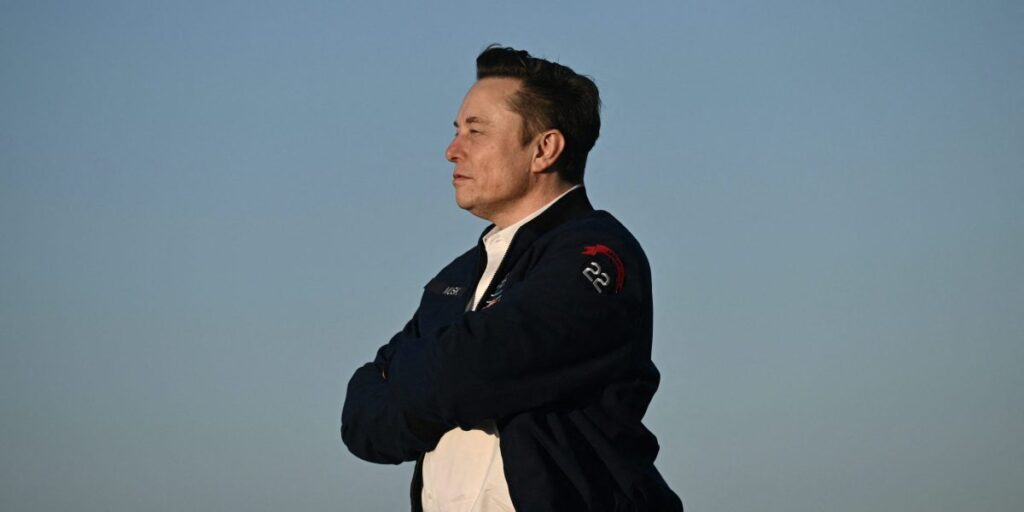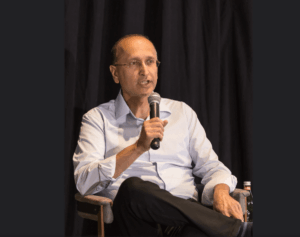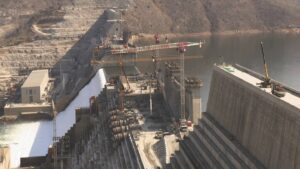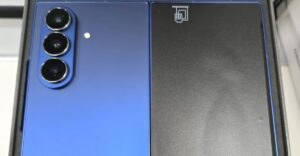
AUSTIN, TX – In a groundbreaking achievement, Tesla has successfully executed its first fully autonomous vehicle delivery, marking a significant milestone in the realm of self-driving technology.
Breaking: Tesla’s Autonomous Delivery Revolution
On Friday, a brand-new Tesla Model Y departed from the company’s Austin factory and autonomously drove itself to a customer located approximately 30 minutes away. This historic event, which took place without any human presence inside the vehicle, represents a pivotal moment for both Tesla and the broader automotive industry.
The autonomous delivery coincides with Tesla’s recent launch of its commercial robotaxi service, serving as an early birthday gift for CEO Elon Musk, who turns 54 on June 28. Musk had previously promised this innovation to Tesla’s supporters by his birthday, and it was delivered a day ahead of schedule.
Immediate Impact and Key Details
Musk took to social media to announce the achievement, stating, “The first fully autonomous delivery of a Tesla Model Y from factory to a customer home across town, including highways, was just completed a day ahead of schedule. There were no people in the car at all and no remote operators in control at any point. FULLY autonomous.”
“The first fully autonomous delivery of a Tesla Model Y from factory to a customer home across town, including highways, was just completed a day ahead of schedule.” – Elon Musk
The unsupervised full-self driving (FSD) feature was showcased in a video uploaded by Tesla, documenting the 30-minute journey from the Austin factory to the customer’s residence at 1515 S. Lamar Blvd. The footage captures the vehicle navigating various terrains, including highways and city streets.
Industry Response and Skepticism
While this autonomous delivery could potentially revolutionize vehicle distribution, it has also raised questions about its practicality and legality. Concerns include potential damage during transit and the vehicle’s cleanliness upon arrival. Additionally, regulatory hurdles persist, as state governments currently dictate the conditions under which autonomous vehicles can operate.
In Austin, city officials confirmed that while they were informed of Tesla’s plans, they lack the authority to regulate autonomous vehicles. “Tesla made the City aware of their intent to deliver a fully autonomous vehicle,” said a spokesman for the Texas state capital. “While the City does not have the authority to regulate these vehicles, we will continue to work with the company to provide feedback if public safety issues arise.”
By the Numbers: Tesla’s Market Position
Tesla is expected to report a 14% decline in deliveries, totaling 383,000 vehicles for the second quarter.
The timing of this development is particularly significant as Tesla prepares to announce its second-quarter global production and delivery figures. The company is projected to report a 14% decline in deliveries, with an estimated 383,000 vehicles shipped, according to a median estimate from its investor relations team.
Background Context and Historical Precedents
This is not the first time Tesla has faced scrutiny over its self-driving claims. Nearly nine years ago, the company released the “Paint It Black” video, which was later revealed to be a staged demonstration. Tesla’s AI director Ashok Elluswamy later testified that the footage was not an accurate representation of the technology’s capabilities.
More recently, in October 2024, Musk showcased prototype robots at an event without disclosing they were remotely operated by humans. These precedents have fueled skepticism about Tesla’s current claims, particularly since the autonomous delivery video was not livestreamed but uploaded after the fact.
What Comes Next for Tesla and Autonomous Driving
As Tesla continues to push the boundaries of autonomous technology, the company faces both opportunities and challenges. The success of the autonomous delivery could pave the way for more widespread adoption of self-driving vehicles, potentially transforming the automotive industry.
However, regulatory hurdles and public skepticism remain significant obstacles. As Tesla navigates these challenges, the company will need to demonstrate the reliability and safety of its technology to gain broader acceptance.
Looking forward, Tesla’s focus on autonomous technology may help shift investor attention away from its core business challenges and towards its innovative potential. The coming weeks will be crucial as Tesla releases its financial results and continues to develop its self-driving capabilities.







